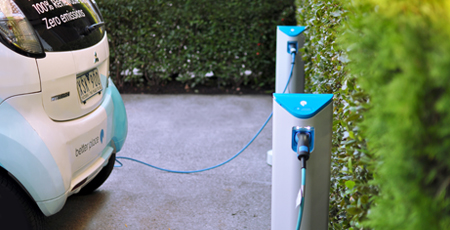In October 2011, SolarWorld and 6 other US manufacturing companies lodged a petition claiming that the dumping of cheap Chinese solar panels onto the market was unfair and prevented them from competing in the manufacture of solar panels. Preliminary investigations suggest that the Chinese government has been providing subsidies to their solar industry to the tune of 2.9-4.73 per cent. This has led to the US Department of Commerce recently announcing tariffs on solar panels imported from China.
China’s Competitive Advantage
In various areas, China is able to produce items such as commercial solar panels at a lower cost than many countries around the world. There are several reasons behind this such as cheap labour, more relaxed environmental regulations and a favourable exchange rate controlled by the Chinese government, in addition of any subsidies. Many governments choose to turn a blind eye to these practices as many of their domestic companies outsource their manufacturing processes to China to take advantage of the lower production costs and maximise profits. However, the petition lodged by the Coalition of American Solar Manufacturing seems to have sparked a powerful debate leading to tariffs being placed on the importation of Chinese solar panels in the US.
Consequences for the Solar Industry
This may have significant consequences for the US solar industry, with US-based manufacturing companies given a greater opportunity to compete, but higher costs resulting for solar power installation companies. Depending on which part of the supply chain the company is part of, the introduction of tariffs could benefit their business or alternatively increase their supply costs. Consequently there will be various companies lobbying for and against the tariffs being enforced. It is likely that the increased supply costs will be passed onto the consumer and demand for solar panels will decline. To what extent is unclear at this stage but the recent high growth experienced in the solar market is likely to decrease.
Existing and new government incentives, such as the feed-in tariff to be introduced in LA, have the ability to mitigate this to some extent, and indeed government programs around the world can be seen to have contributed significantly to the growth in the industry in recent years, in combination with decreasing costs. Rising electricity costs can also continue to drive consumers towards solar power, as saving money on electricity becomes more important.
Good News for the US Manufacturing Sector?
The introduction of the tariffs may arguably be a positive move for the US economy as it recovers from recession, with the government showing a willingness to protect US manufacturing companies and to help them to compete, though in the long run tariffs generally are not considered good solutions, allowing industry to remain complacent. However with the importance of renewable energy likely to grow over the next couple of decades, it is seen as important for the US to develop their companies in this sector in order to compete in the future, and the tariffs in this case are very small, matching those the Chinese industry is receiving. China has already recognised the need for renewable energy and has already invested greatly in the industry on a large scale. One thing is certain, solar energy is here to stay and companies have already begun the battle to become the market leader for a greener environment.
Ryan Shipley believes in the importance of renewable and green energy to remove the dependence on non-renewable sources that pollute the environment. He currently works for All Eco Energy who are solar panel suppliers.



